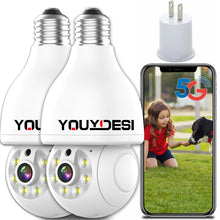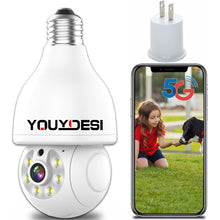2. Compliance: Make sure that the surveillance equipment you use complies with relevant laws and regulations. Some areas have specific restrictions and requirements for the use of surveillance devices, which must be followed according to local regulations.
3. Network Security: Connect surveillance equipment to a secure network and implement necessary network security measures to prevent unauthorized access and data breaches.
4. Regular Maintenance: Regularly maintain and inspect surveillance equipment to ensure its proper functioning and optimal performance.
5. Firmware and Software Updates: Periodically update the firmware and software of surveillance equipment to access the latest features and security fixes.
6. Storage Management: Manage the storage space of surveillance devices by regularly clearing old video files to ensure sufficient storage capacity.
7. Password Protection: Secure surveillance equipment with passwords, set strong passwords, and regularly change them to prevent unauthorized access.
8. Waterproof and Dustproof: If surveillance equipment is used outdoors or in harsh environments, ensure that the devices are equipped with waterproof and dustproof features.
9. Backup Strategy: Establish a backup strategy to periodically back up the data from surveillance equipment to prevent data loss.
10. Monitoring Screen Distribution: Ensure that surveillance footage is only distributed to authorized personnel, preventing unauthorized access to surveillance content.
11. Alert Settings: For surveillance devices with alert functions, establish reasonable alert rules and ensure that alerts can promptly and effectively notify relevant individuals.
12. Appropriate Use Cases: Clearly define the purpose and scope of surveillance when using surveillance equipment to avoid unlawful or invasive use that infringes on others' privacy.
In summary, the proper use, maintenance, and protection of surveillance equipment are crucial for ensuring the safe and effective operation of the devices while respecting the privacy of others. Compliance with relevant laws and regulations, attention to network security and data protection, and regular maintenance are key points for using surveillance equipment.










